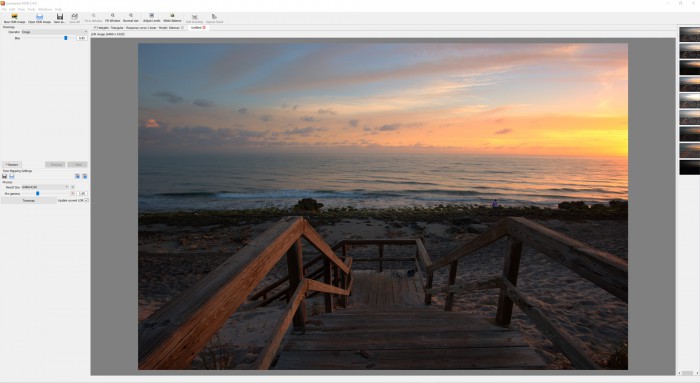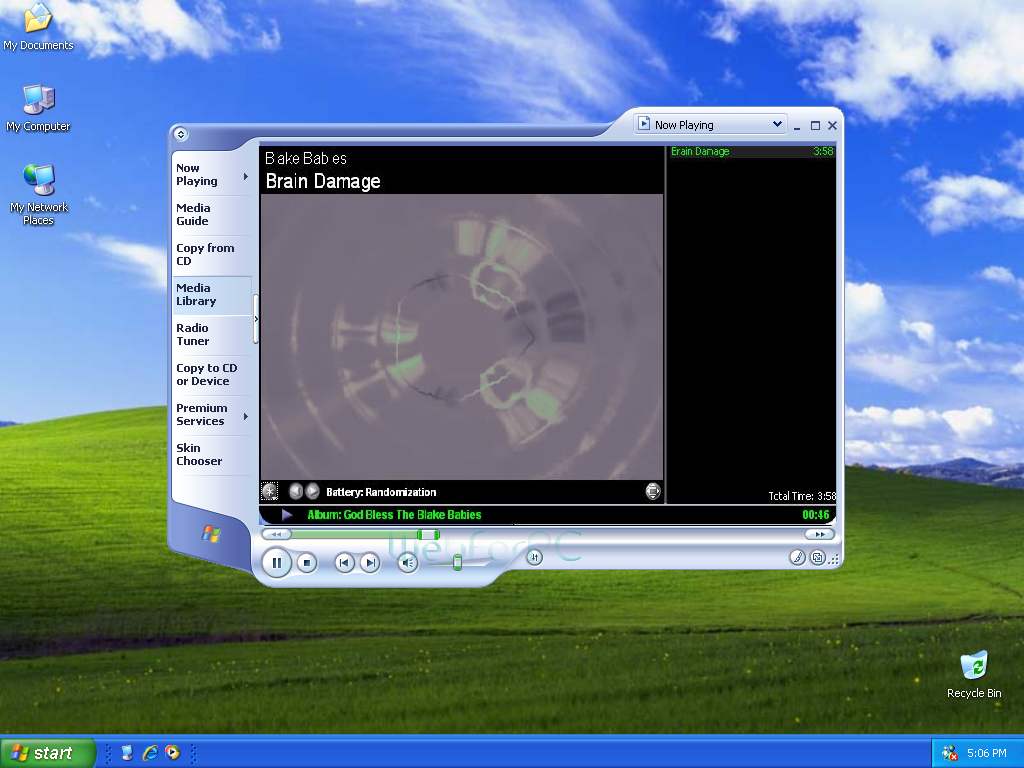Essential Hdr Standard Edition

- Essential Hdr Standard Edition Review
- Standard Edition Newspaper
- Essential Hdr Standard Edition Download
As tech-lovers, we can all appreciate the benefits that a new format brings. The transition from analog to digital allowed us to compress hundreds of songs onto our iPods instead of stowing a disc collection in our cars, while the switch from DVDs to Blu-rays gave us Full HD picture quality right in our living rooms. But those transitions took place decades ago. In 2016, there’s a new format war taking place in the home entertainment space between two types of high dynamic range video technologies – HDR10 and Dolby Vision. We’ll dive into the differences between the two in a minute but, before we do, we should review what HDR offers and why, exactly, it has two different formats.
We’ve written extensively about HDR elsewhere, so we won’t spend too much time on it here. But a short synopsis of HDR is that it’s an image technology that enables TVs to have brighter, more vivid colors and better contrast over standard range content. Like 4K video, HDR films and TV shows need to be shot on a camera that uses the same technology – a non-HDR camera can’t take HDR video, for example.
Get Microsoft Windows XP SP3 Professional Bootable ISO Full Download Free! Windows XP ISO Serial Keys, Windows XP Operating System, Windows XP Product Key. Windows xp free download full version xp sp3 download windows xp iso download xp service pack 3. Windows XP Professional ISO image with service pack 3. Get Windows XP SP3 ISO Full Version Free Download through our direct link available for the users of the Softlay.net. Hello srajan this is windows XP service pack 3 ISO, you can create bootable usb drive to install win xp on your machine.  Windows XP SP3 Free Download Bootable ISO. This is Windows XP Professional Service Pack 3 Genuine iso image (DVD) for 32 bit and 64 bit systems.
Windows XP SP3 Free Download Bootable ISO. This is Windows XP Professional Service Pack 3 Genuine iso image (DVD) for 32 bit and 64 bit systems.
The above is tone mapped with Essential HDR The above is tone mapped with Photomatix I have been playing photomatix for a while and just found this group recently. I got to know Essential HDR first time from here and I bought it. Having tried this software for a while, I think I start to like it.
- This week I downloaded the free trial of Essential HDR by Imaging Luminary. I am hoping the results I received are from the fact that regardless of your initial image sizes, the free trial version dumbs your result down to 1 megabyte. While this is a great strategy to keep people from getting.
- The parameters that make up HDR include higher peak luminance, lower minimum luminance, greater contrast range, and improved. And impact of HDR images in order to identify gaps necessitating new standards and possible revisions or extensions to current. This is a simplified version of the. SI definition. It is not to.
That said, most HDR TVs have the ability to intelligently upscale content to near HDR-quality, however finding native HDR content is always preferable. HDR is promising better, richer pixels While 4K promises more pixels on the screen, HDR is promising better, richer pixels. HDR TVs are capable of displaying millions more colors than SDR televisions, and the contrast between the darkest part of the image and the brightest part can be expanded even further. So if the technology does the same thing why are there two formats?
Well, this gets a bit tricky. The first format, and arguably the more adopted one of the two, is HDR10. HDR10 is an open source format, and is best thought of as the MP3 in the HDR world – it’s pretty much the standard and every HDR TV can handle it. HDR10 is like MP3, Dolby Vision is like FLAC Keeping with the audio analogy for a minute, Dolby Vision is like FLAC – it’s a more premium standard that isn’t as well adopted, but offers substantially better quality. But what’s interesting here is that all Dolby Vision TVs and players support HDR10 – e.g. If you buy a Dolby Vision TV, you’ll still be able to watch HDR10 content.
Essential Hdr Standard Edition Review
But, that said, the reverse isn’t the case – if you buy a HDR10 TV, there’s a very good chance you’ll never be able to watch Dolby Vision content on there. HDR10 vs Dolby Vision: performance quality But what does premium performance actually look like? It all comes down to the specs that the two formats support. HDR10 supports up to 4,000 nits peak brightness, with a current 1,000 nit peak brightness target, 10-bit color depth and capable of displaying everything in the Rec.2020 color space. Dolby Vision, on the other hand, supports up to 10,000 nits peak brightness, with a current 4,000 nit peak brightness target, 12-bit color depth and capable of displaying everything in the Rec.2020 color space. What these numbers mean, in essence, is that Dolby Vision wants to be a brighter, more colorful version of HDR, offering millions of more colors on-screen than HDR10 can. The counter argument, though, is that while Dolby Vision sets a lofty ceiling for where display technology can go, very few TVs can offer 4,000 nits of brightness or achieve the BT.2020 color space so the extra head room will likely go to waste.
What TVs have HDR10/Dolby Vision? While Dolby Vision might be the more capable of the two technologies, you’re less likely to find it in that brand-new HDR TV you just bought. While Dolby Vision might be the more capable of the two technologies, you’re less likely to find it in that brand-new HDR TV you just bought While Dolby Vision has been announced or is available from leading TV manufacturers such as LG, Vizio and TCL, HDR10 is supported almost universally by all the biggest players including Samsung, Sony, LG, Panasonic and Hisense. Because HDR10 is more or less the adopted standard at the moment, TV manufacturers seem more keen to put it into their sets with a general assuredness that it’s the format game consoles, Blu-ray players and set-top boxes will also adopt.
But Dolby says that might be the case for long. LG, the second largest TV OEM in the world, has launched its entire lineup of 2016 OLED and Super UHD LED TVs with Dolby Vision globally. (Also, don't be confused by the term 'HDR Pro' – LG calls TVs that use HDR10, HDR Pro TVs.) On the budget side of things, Vizio supports Dolby Vision across its R, P, and M series. Additionally, LeEco announced last month that its uMax 85 will support Dolby Vision, which will be available in both China and the US. On top of everything else, it’s looking like more manufacturers might follow in 2017. Even taking all those TV series into account however, for the time being at least, you’re much more likely to find an HDR10 TV than a Dolby Vision one.
Standard Edition Newspaper
What devices use HDR10/Dolby Vision? While most HDR TVs should come built-in with HDR apps, there are a few other options to get your high dynamic range fix. Both 4K game consoles, and, support HDR10, as do many set top boxes including the Roku Premiere+ and Roku Ultra, as well as Ultra-HD Blu-ray players from Samsung and Panasonic.
Essential Hdr Standard Edition Download
As of yet, none of these devices support Dolby Vision. The one device Dolby does have in its corner, however, is the new Chromecast. Chromecast Ultra is the first device to support Dolby Vision In October, Google announced that would support Dolby Vision, making it compatible with any Dolby Vision TV.
According to Dolby, it’s the only streaming device that delivers a seamless playback experience, no matter what HDR content you select, and the first to support Dolby Vision. How soon will we see Dolby Vision on Blu-ray players? Well, according to Dolby the Blu-ray Disc Association recognizes Dolby Vision as part of the new UHD Blu-ray specification but there aren’t any just yet. Dolby says to expect to see Dolby Vision-enabled Blu-ray players in market in 2017 with discs to follow soon after. What about content? But what good are players without content? So far we have a few different sources for HDR10 content.
There’s your typical streaming sites – Netflix, Amazon Prime Video and YouTube – but also great games like and. As for Dolby Vision content, you can check out VUDU, Netflix and Amazon Video where you can find more than 65 film titles including recent releases such as Star Trek Beyond and Batman vs.
Additionally, there’s a growing number of original content available in Dolby Vision on both Netflix and Amazon, including: Marco Polo seasons 1 and 2, Marvel’s Daredevil, and Bosch season 2. That said, games in Dolby Vision might take awhile. While Dolby is working with a number of developers and partners the only one to come forward so far is EA, who announced that Mass Effect: Andromeda will support Dolby Vision on PC. So which one should you support? The answer to this question depends on what kind of TV watcher you are.
If you want the best-of-the-best content and don’t mind a limited pool of content at the moment, you should probably bite the golden bullet and buy a Dolby Vision TV and a Chromecast Ultra. But, if you don’t think you’ll be able to see the difference in picture quality or you’d rather stick to the standard while Dolby fleshes its system out a bit more, you should probably opt for an HDR10 setup.